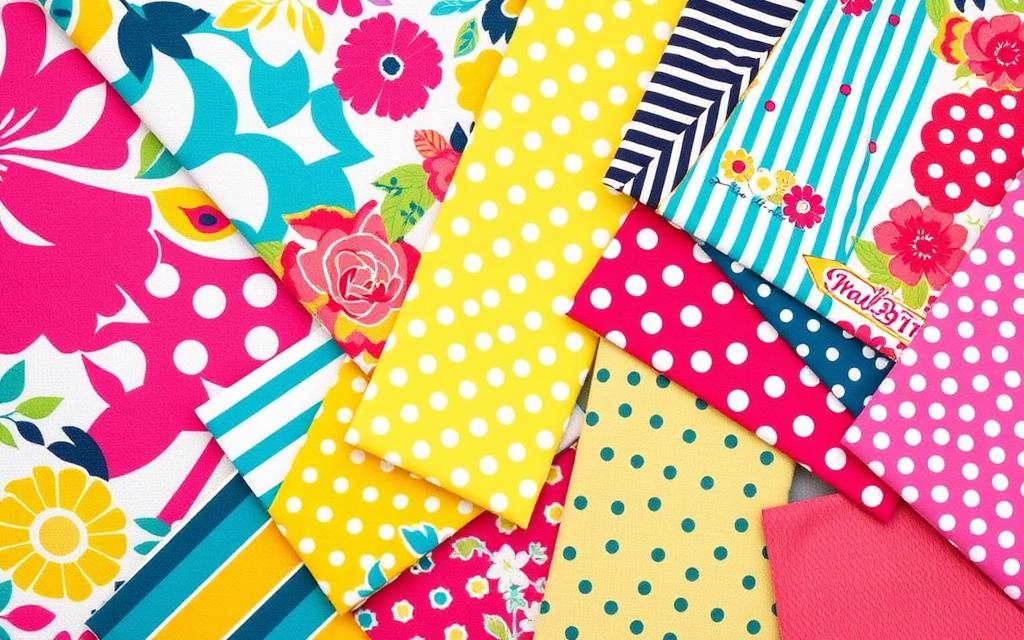Elevating the visual appeal of your living spaces through the skillful coordination of patterns is an art form that can transform any interior into a stunning, personalized haven. Pattern mixing is a powerful tool in the realm of interior design, allowing homeowners to express their unique style and create spaces that radiate personality and sophistication.
In this comprehensive guide, we’ll explore the fundamentals of pattern coordination, delving into the principles that govern scale, proportion, and color theory. By understanding the characteristics of common pattern types, you’ll gain the knowledge and confidence to mix and match designs like a seasoned pro, effortlessly infusing your living spaces with a harmonious and visually captivating aesthetic.
The psychological impact of patterns should not be overlooked, as they have the power to evoke emotions, influence moods, and shape the overall ambiance of a room. Whether you’re drawn to bold, graphic patterns or prefer the subtle elegance of tone-on-tone designs, the art of pattern mixing offers endless possibilities to elevate your home decor and create a space that truly reflects your personal style.
Understanding Basic Pattern Principles and Fundamentals
Mastering the art of pattern mixing in interior design requires a solid understanding of the fundamental principles that govern pattern scale, color coordination, and common pattern types. By diving deep into these core concepts, you’ll gain the confidence to create visually stunning and harmonious spaces that showcase your design prowess.
Scale and Proportion in Pattern Mixing
The key to successful pattern mixing lies in striking the right balance between scale and proportion. Large-scale patterns, such as bold geometric prints or oversized floral designs, work best when paired with smaller, more delicate patterns to create visual interest and depth. Conversely, tiny, intricate patterns can be elevated by the presence of larger-scale patterns, adding a sense of drama and contrast to the overall design.
Color Theory for Pattern Coordination
Color coordination is crucial when blending different patterns. Applying the principles of color theory can help you achieve a cohesive, visually pleasing result. Opt for patterns that share a common color palette, or experiment with complementary hues to create a striking contrast. Neutral tones can also serve as a unifying element, allowing you to mix and match a variety of patterns without overwhelming the space.
Common Pattern Types and Their Characteristics
- Geometric Patterns: Bold, structured designs that range from simple stripes and chevrons to more complex shapes and tessellations. These patterns add a sense of dynamism and visual interest to a space.
- Floral Prints: Organic, nature-inspired patterns that can range from delicate, watercolor-like designs to larger-than-life botanicals. Floral patterns bring a touch of femininity and softness to a room.
- Abstract Patterns: Patterns that defy representational forms, often featuring a mix of shapes, lines, and colors. These patterns can add a modern, artistic flair to a space.
By understanding the fundamental principles of pattern mixing and the unique characteristics of different pattern types, you’ll be well on your way to creating visually captivating interior designs that showcase your mastery of pattern coordination.

Pattern matching, interior design tips, stylish patterns, home decor styles
Patterns can breathe life into any interior space, but mastering the art of pattern layering and texture mixing can be a daunting task. Fear not, as we unveil a collection of expert-approved tips to help you create a harmonious and visually captivating home decor.
One of the keys to successful pattern matching is understanding the scale and proportion of the patterns you’re using. Opt for a mix of large-scale, medium-scale, and small-scale patterns to achieve a balanced and visually interesting look. When it comes to color coordination, consider the color theory principles to ensure your patterns complement each other seamlessly.
Accent pieces, such as throw pillows, rugs, and artwork, can serve as the perfect canvas for showcasing your pattern layering skills. By strategically placing these focal points, you can create a cohesive and visually striking ambiance throughout your living space.
Adapting pattern mixing techniques to different interior design styles is crucial. In a modern space, opt for clean-lined patterns with a minimalist approach, while traditional homes lend themselves well to classic floral or paisley motifs. For an eclectic touch, mix and match patterns from various eras and styles to create a unique and personal aesthetic.
Regardless of your preferred design style, remember to have fun and experiment with different combinations. The key is to strike a balance between pattern layering, texture mixing, and a harmonious color palette to achieve a visually stunning and inviting home.
| Interior Design Style | Recommended Pattern Types | Texture Mixing Tips |
|---|---|---|
| Modern | Geometric, Stripes, Solids | Incorporate smooth, sleek surfaces with soft, natural textures |
| Traditional | Floral, Paisley, Damask | Blend rich, luxurious fabrics with classic wooden accents |
| Eclectic | Mix of vintage, contemporary, and ethnic patterns | Juxtapose rough, natural textures with smooth, shiny surfaces |
Conclusion
Mastering the art of pattern mixing takes practice, but the rewards are well worth the effort. By understanding the principles of scale, proportion, and color theory, you can confidently experiment with a variety of patterns to create stunning interior designs that reflect your personal style.
The key to successful pattern matching lies in embracing your own unique preferences and finding the combinations that make you feel most at home. Whether you prefer bold, statement-making prints or a more subtle, harmonious blend, the possibilities are endless when you approach pattern mixing with an open mind and a touch of creative flair.
Remember, the transformation of your living space is not just about following trends or seeking the approval of others. It’s about crafting a sanctuary that resonates with your personal style and allows your home to truly become a reflection of your individual taste. With the right pattern confidence and a willingness to explore, you can elevate your interior design to new heights and achieve the interior design success you’ve been seeking.

